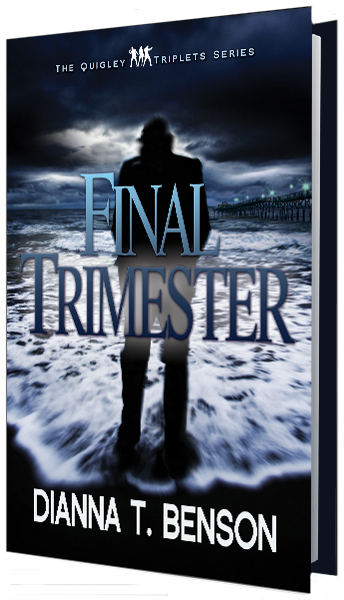EMS and Dispatch
Posted by dtbAdmin on Mar 9, 2011 in Blog, Medical/EMS | 0 comments
Our resident EMS expert Dianna Benson is back discussing EMS and Dispatch for those pre-hospital scenes.
Our station buzzer and waist-radios go off, dispatching us to a scene of an incident (if we’re not at our station at that moment, obviously we’d only hear our waist-radios). A split second later, a computerized voice over our station intercom says (for example): EMS 1071. Cardiac arrest at 123 Main Street. At 123 Main Street. TACH Channel 5. The same information is displayed on our radios.
EMS 1071 is an ambulance number and the crew currently working the shift on that particular ambulance. Cardiac arrest is the type of EMS Call, but we may not receive this information (see below). The address is repeated once for clarity. TACH channel is the specific radio channel we need to set our radios to for this Call in order to receive any available additional information, as well as be in constant contact with various resources for several reasons – the top two reasons: 1) For our safety, and 2) To request additional resources as needed – PD (police department), LEOS (law enforcement officers), another ambulance, fire department, haz-mat team, etc.
When an EMS crew receives a Call to respond to, 911-dispatch is often only able to provide us with little vital information regarding the scene. The one main piece of info we do receive, of course, is the address of the incident location. We may or may not be informed of the type of Call – cardiac arrest, respiratory distress, fall, MVC (motor vehicle collision) allergic reaction, etc., we may only receive the address. En route to the scene, we may receive additional vital pieces of information if the 911-dispatcher was able to obtain details from the 911-Caller. If so, dispatch will inform us: 1) If the patient is conscious or not, 2) If the patient is breathing or not, and 3) If PD or LEOS have been dispatched along with my crew.
Any information is helpful for us to prepare for the scene we’re about to encounter, therefore enables us to best treat the patient, protect bystanders and the environment, and maintain our own safety. Unfortunately, the information given can be inaccurate or incomplete simply because 911-Callers are stressed, scared, angry, etc., and they may be a child or may be the injured or ill patient barely able to speak, plus 911-Callers are most often not medically knowledgeable. Also, 911-dispatchers are hindered via the telephone, so it’s difficult to well-interpret the situation. Sometimes a 911-Caller or another person on that end hangs up (due to multiple reasons) before the dispatcher informs them it’s okay to do so, thus very limited information is ascertained. One example of why the communication would cut off is: The 911-Caller is also the ill or injured patient, and that person falls unconscious.
Can you think up more reasons?
Thank you in advance for reading and for your participation and comments. If you have any questions, please do not hesitate to ask.




